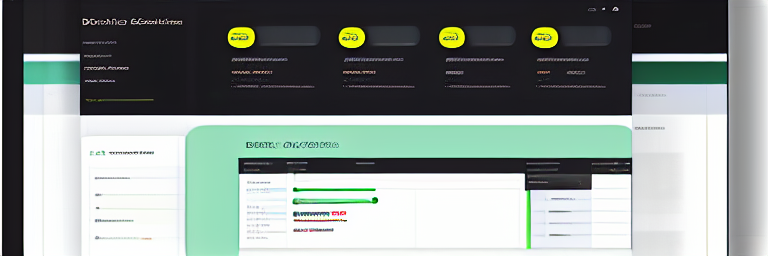Relational Databases
A relational database is a type of database that stores information in tables which are related to each other through the use of keys. This type of database is commonly used in the management of large amounts of data due to its scalability, flexibility, and ability to store complex relationships between data. It is also capable of quickly retrieving data using Structured Query Language (SQL) queries. The most popular relational database is the Oracle Database, which is used by many large organizations for their data storage needs. Other popular relational databases include Microsoft SQL Server, MySQL, and PostgreSQL.
Relational vs NonRelational Databases
Relational databases are organized into tables containing columns (called fields or attributes) and rows (called records or tuples). This structure allows data to be easily accessed, managed, updated, and maintained. In a relational database, data is related through the use of foreign keys, which are fields that reference the primary key of another table. For example, a table of customers could contain a foreign key field that references the primary key of a table of orders.
Nonrelational databases, also known as NoSQL databases, are more flexible and do not require the same data structure as a relational database. This means that data can be stored in different formats, such as JSON, XML, or key–value pairs. Nonrelational databases are often better suited for applications that require large amounts of data or quick access to data. Nonrelational databases usually do not use foreign keys to link data, but instead use techniques such as denormalization, which is the process of combining multiple tables into one. Nonrelational databases are often used for big data applications since they are able to quickly process large amounts of data.
Advantages and Challenges of Relational Databases
A relational database is a type of database that stores and organizes data in the form of related tables. It provides users with powerful tools to store and organize data in a way that can be easily accessed, managed, and updated.
Advantages:
- Flexibility: A relational database allows users to easily modify the structure of the database, such as adding or deleting columns, without having to rewrite the entire database. This makes it easy for users to make changes to the data structure as their needs change.
- Normalization: It allows users to store data in a normalized form, which helps eliminate redundant data and ensures data integrity.
- Scalability: It is highly scalable, meaning that it can easily handle large amounts of data without sacrificing performance.
- Security: It provides users with powerful security features that can help protect the data from unauthorized access.
Challenges:
- Complexity: A relational database can be complex to use, especially for users with limited technical knowledge.
- Performance: They can experience performance issues when dealing with large amounts of data.
- Cost: They can be more expensive to maintain and operate than other types of databases.
- Migration: Moving data from one database platform to another can be difficult and time consuming.
A Brief History of Relational Databases
The history of relational databases dates back to 1970 when Edgar F. Codd, a researcher at IBM, proposed the concept of a “relational model“ in a paper titled “A Relational Model of Data for Large Shared Data Banks.” Codd‘s groundbreaking work introduced many of the concepts that are now common to relational databases, including the idea of using tables with columns and rows to store data. This model was a departure from the traditional hierarchical and navigational models that were the primary data storage systems at the time.
Codd‘s paper was met with some skepticism in the computing community, but it eventually gained traction and became the foundation for the development of the Structured Query Language (SQL). SQL was designed to be a language for querying and manipulating relational databases. It was first developed by IBM in the early 1970s and was adopted by other database vendors, such as Oracle and Microsoft, as a standard for database access.
Since then, relational databases have become the most popular type of database in use. They are now used in a wide variety of applications, from banking and finance to retail and e–commerce. The emergence of cloud computing has also enabled relational databases to become even more accessible, allowing organizations to store and access data from anywhere in the world.
Future Outlook
The future of relational databases looks bright. They are still highly effective for managing data, and they are being adapted to new technologies and applications. In the future, relational databases will be used more often for storing and managing data in the cloud. Additionally, they will become more accessible and easier to use. With the advent of Big Data and artificial intelligence, relational databases will become even more powerful and provide businesses with insights that were not previously available. Furthermore, new tools and technologies, such as NoSQL and graph databases, will continue to be developed and integrated into relational databases, allowing them to become more efficient and effective. Finally, relational databases will become more secure and reliable, making them even more useful for businesses.

